What are the Benefits of Doing Kneeling Hip Thrusts?
Kneeling hip thrusts are employed in both a training and rehabilitative setting due to the benefits they offer.
Apart from being great for basic strengthening of the posterior leg muscles, the kneeling hip thrust is also used for:
- Reinforcing proper biomechanical function
- Introducing novices to conscious glute contraction
- As a progression to heavier glute-dominant movements
Benefits of Kneeling Hip Thrusts
Builds Strength and Mass in the Lower Posterior Chain Muscles
The main advantage to the kneeling hip thrust is its capacity for the development of the hamstrings and glutes.
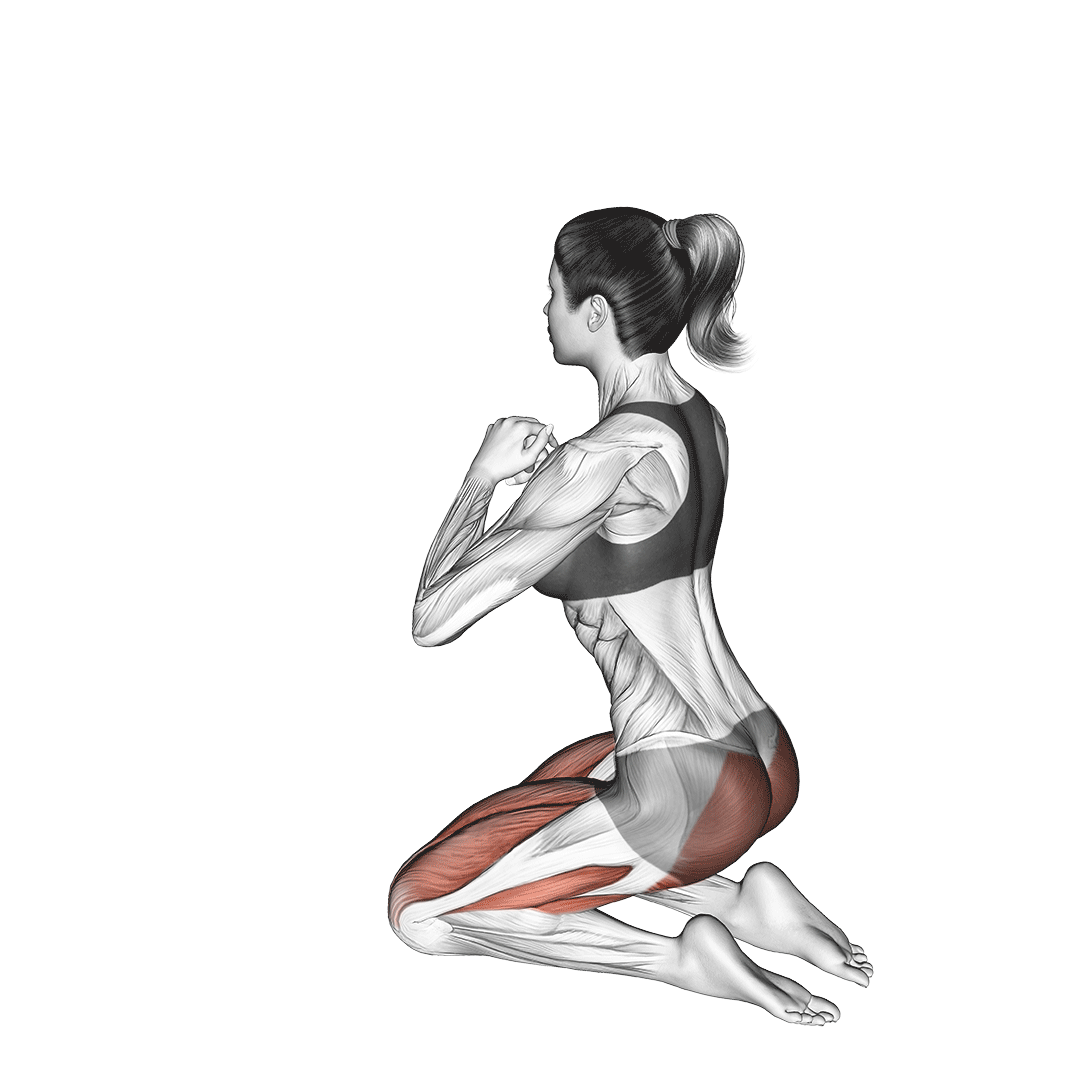
When performed with regularity, not only will the lower posterior chain muscles grow stronger and more stable - but they will also hypertrophy to a moderate degree, improving the overall shape and size of the lower body.
In order to bias the movement towards a specific form of muscular development, manipulation of tempo, volume and the addition of load will be needed.
For a more hypertrophy-focused set, reduce loading, aim for a longer time under tension and program for higher repetition ranges. For (relatively moderate) strength emphasis, increase loading and compensate with reduced volume.
Reinforces Hip Biomechanical Actions
Because kneeling hip thrusts strengthen the main muscles responsible for hip extension (as well as the ensuing connective tissues), performing them also leads to reinforcement of said biomechanics.
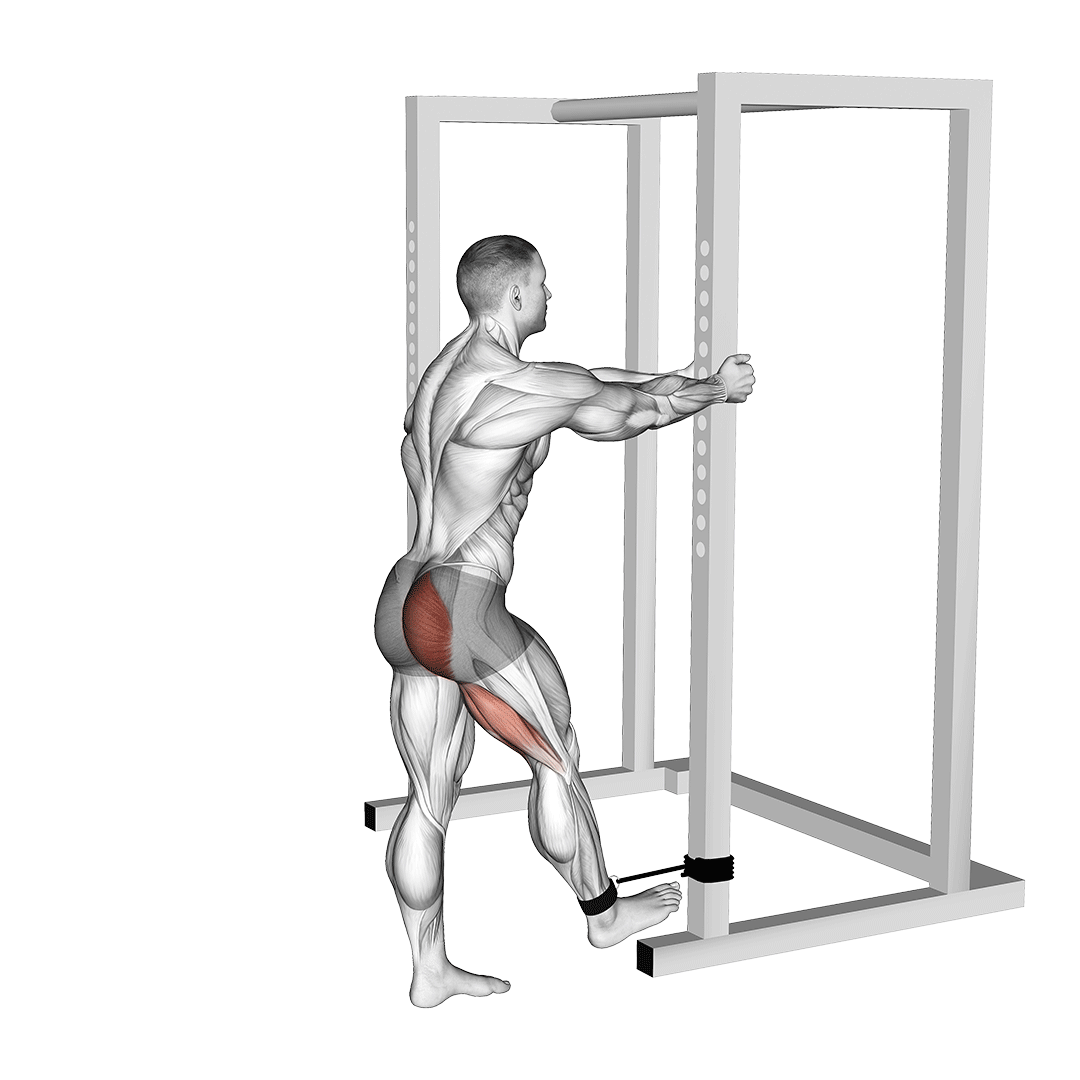
Individuals with a limited range of hip extension/flexion or those who find similar glute-focused exercises unstable due to muscular weakness will benefit from the kneeling hip thrust’s various forms of physical development.
Apart from strengthening the muscles and improving tissue integrity, the exercise itself features a sufficiently large enough range of motion to also improve lower posterior mobility in those with particularly limited flexibility.
Of course, ensure that you have prior approval by a medical professional prior to using the kneeling hip thrust for these purposes.
Teaches Proper Glute Contraction
A common issue seen in inexperienced lifters is poor contraction of the lower posterior chain muscles during exercise. Problems like poor bottom position explosiveness during back squats or a quadriceps-dominant deadlift usually result from an inability to consciously activate the glutes.
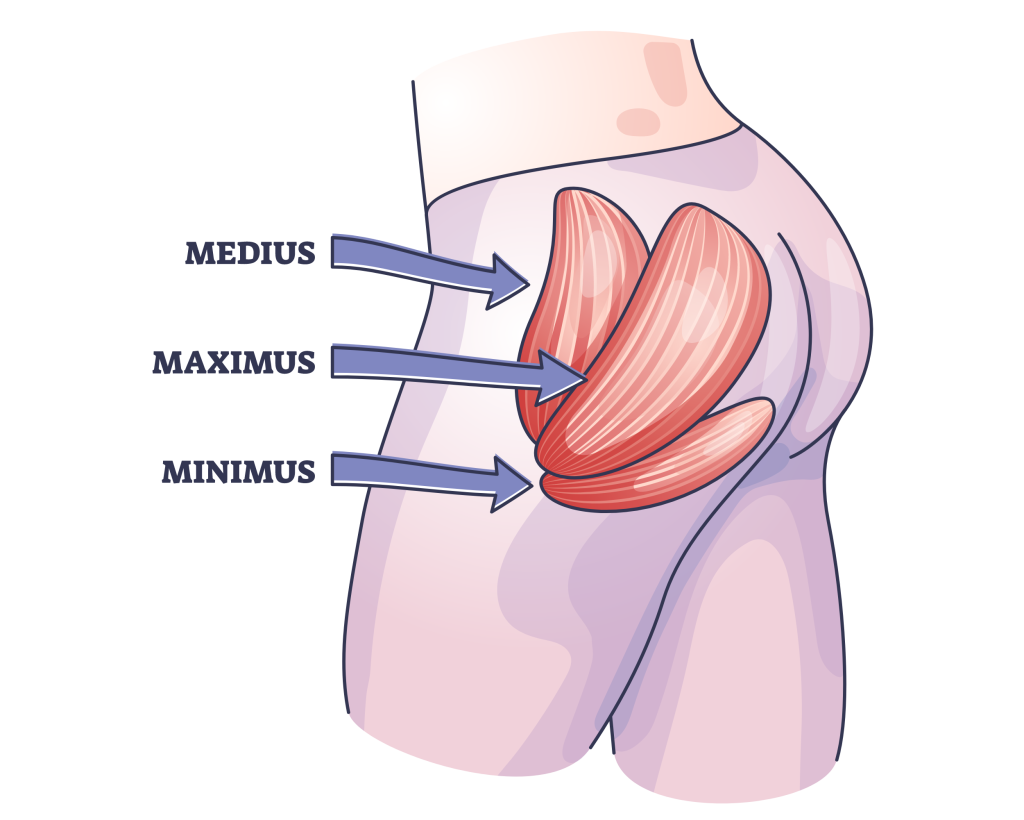
Due to its large range of motion, traditionally bodyweight resistance and relatively isolated usage of the glutes - the kneeling hip thrust is excellent for teaching novices to work their glutes correctly.
To perform the movement for this purpose, aim to slow down each repetition and maintain tension on the glutes throughout the entire set. Avoid sitting back fully on the ankles, instead truly focusing on keeping the glutes squeezed as much as possible.
Carryover to Lying Hip Thrusts, Glute Bridges and Other Hip-Focused Exercises
Whether as a form of progression or simply as an accessory movement, the kneeling hip thrust’s general movement pattern and capacity to strengthen the lower posterior chain also improves performance in similar exercises.
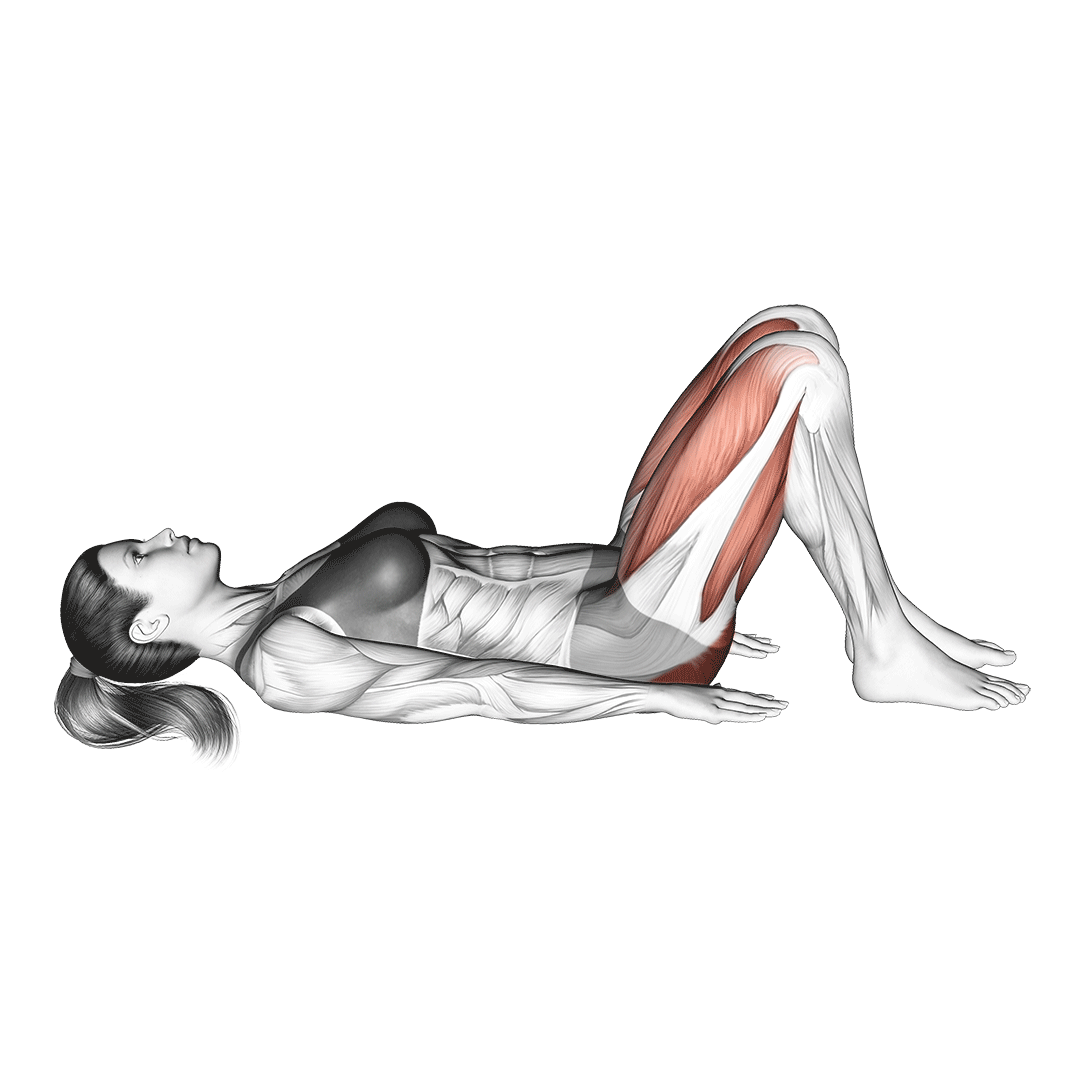
More common (and intense) glute-dominant movements like glute bridges, lying hip thrusts or even deadlifts all benefit directly from practice with the kneeling hip thrust.
Apart from allowing for greater loading and volume through muscular development, these similar exercises are also aided by the reinforced contraction of the glutes and overall improved familiarity with hip extension as a whole.
Convenient, Simple and Low Risk of Injury
In comparison to more complex or awkward movements like the barbell hip thrust or Romanian deadlift, the kneeling hip thrust is quite simple and extremely unlikely to result in injury for otherwise healthy exercisers.
Combined with the fact that it can be performed with no equipment whatsoever, the kneeling hip thrust cements itself as an excellent movement for rehabilitation, those new to resistance training or even as a warm-up exercise in certain cases.
Can be Loaded, Modified or Progressed Easily
Despite being a traditionally bodyweight loaded movement, the kneeling hip thrust is nonetheless still easily made more intense through modifications in stance, the addition of further resistance or otherwise by selecting a suitable progression exercise.
For loading, implements like resistance bands, barbells or wearable weighted equipment can all aid in loading the lower posterior chain.
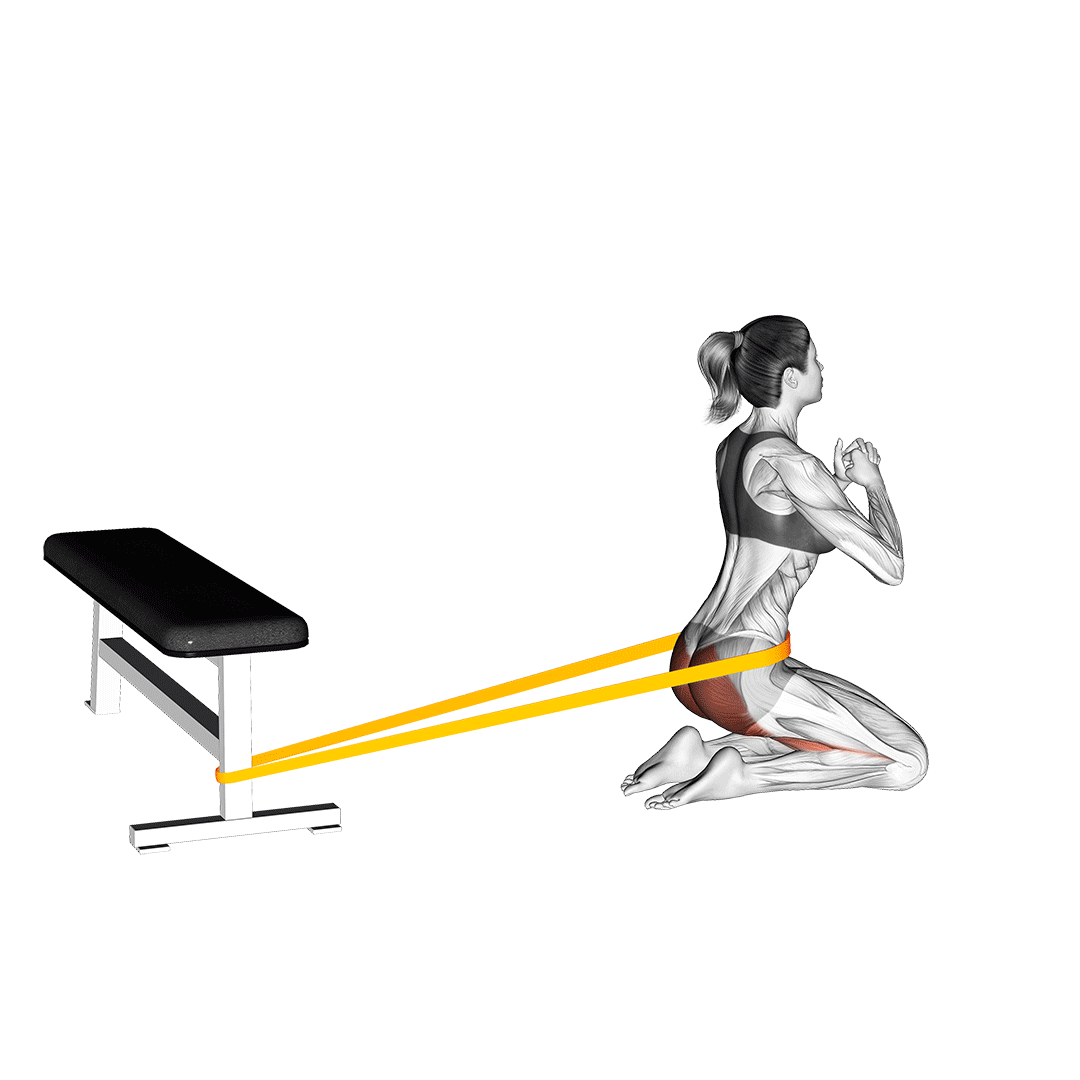
Likewise, modifying the stance to better meet mobility requirements or to increase tension - such as by performing the movement at a decline - is also quite easily achieved.
For progression exercises, movements like the barbell hip thrust, cable pull-through or double elevated glute bridge can also be employed.
References
1. Brazil A, Needham L, Palmer JL, Bezodis IN. A comprehensive biomechanical analysis of the barbell hip thrust. PLoS One. 2021 Mar 29;16(3):e0249307. doi: 10.1371/journal.pone.0249307. PMID: 33780488; PMCID: PMC8006986.
2. Suehiro T, Mizutani M, Okamoto M, Ishida H, Kobara K, Fujita D, Osaka H, Takahashi H, Watanabe S. Influence of Hip Joint Position on Muscle Activity during Prone Hip Extension with Knee Flexion. J Phys Ther Sci. 2014 Dec;26(12):1895-8. doi: 10.1589/jpts.26.1895. Epub 2014 Dec 25. PMID: 25540492; PMCID: PMC4273052.
